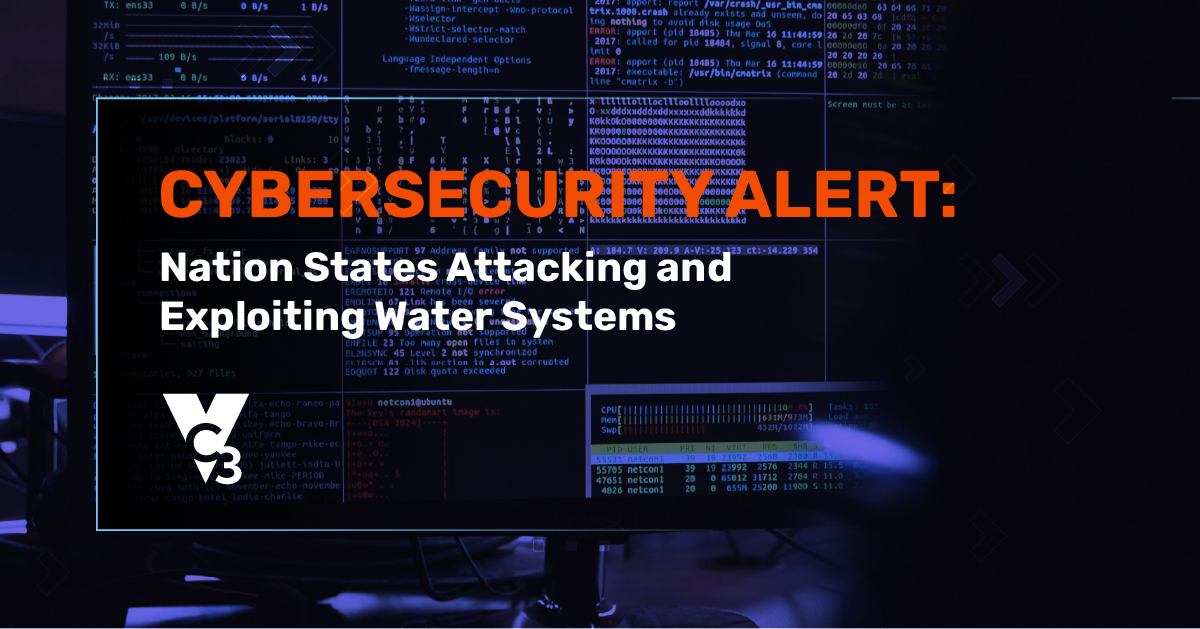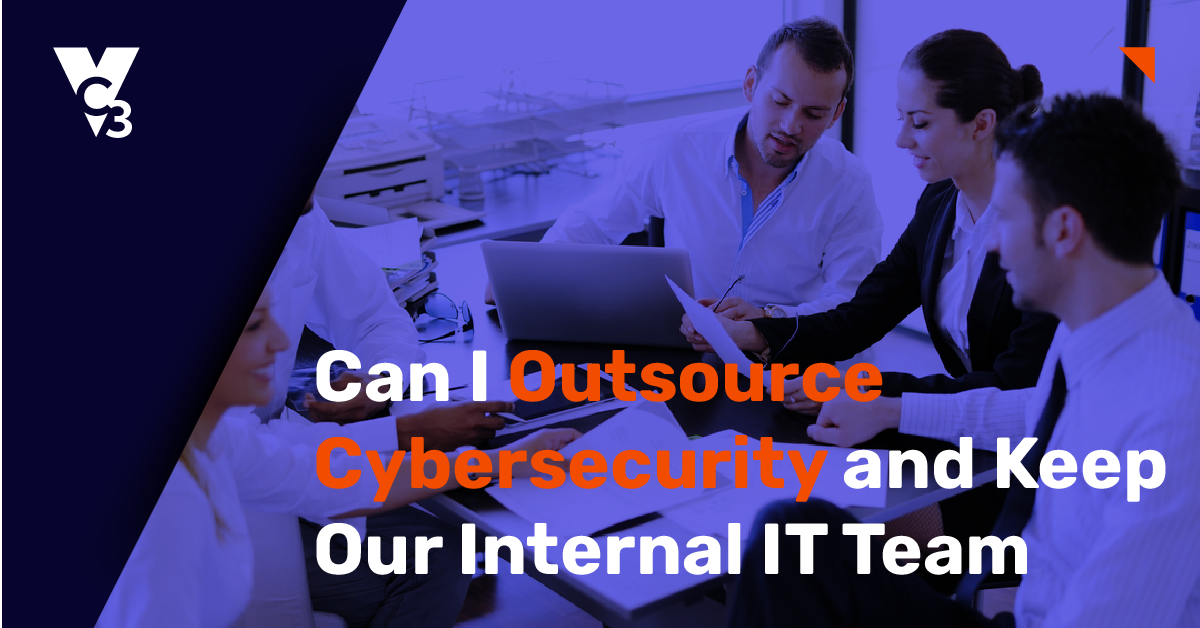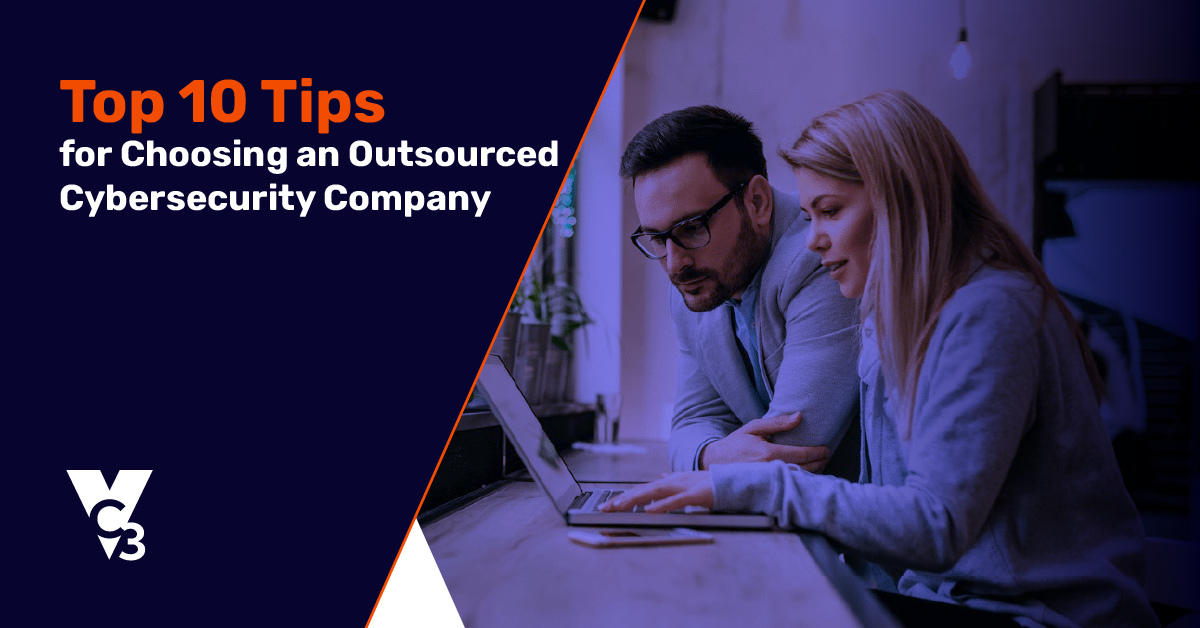
Are you someone without a technical background, and little to no knowledge of technology? Do you find yourself constantly Googling answers to your IT questions?
Don’t worry – you’re not alone. If fact, you’re someone like me! That’s right. I am no technology expert, and that’s why I have decided to share my advice with you on best IT practices.
The world of technology can be overwhelming, even frightening at times. No one wants to find themselves in a position where a single mishap could result in complete disaster. In general, no one wants to be in a position where do they not know what to do, especially when it comes to technology.
For this very reason, I have compiled three best IT practices for you to implement both in your personal and professional environment.
1. Protect Your Account, Protect Yourself
Be sure to implement the following security measures for all your accounts:
- Passphrase > Password: Update your current password by changing it into a passphrase.
- MFA Saves the Day: Set up and enable MFA for all your accounts – personal and professional – for an extra layer of protection.
- Put Prison Bars Over Your Profile: Enable security and privacy controls on all your accounts, such as changing your account to private or only visible to friends, versus public.
2. Don’t Get Hooked
Phishing scams have become the most common type of cybersecurity attack, and they are not going anywhere. Here are the top preventive measures you can take to identify a phishing email:
- Determine if the sender’s email address is unknown or fake (i.e. securityamazon@securityamazon.com).
- Identify if the introduction is too generic (i.e. does not include your name).
- Search for multiple grammar mistakes and common spelling errors (i.e. “your” vs. “you’re”).
- Observe if there is a suspicious call to action, such as to share personal information or to click on a suspicious link (i.e. “update your billing information now.”).
- Identify if there is any threatening language (i.e. “failure to update your billing information will result in immediate account termination”).
- Hover over any links to see if the URL makes sense (i.e. amazon.com vs. amazon-shopping4you.com).
- Do not click to download any suspicious attachments (i.e. “download the form to update your account information”).
- Identify if the sender’s signature looks fake (i.e. wrong font, color, size, etc.).
The more of these steps you take, the higher your chances of identifying and preventing a phishing scam. Remember, it is always better to be safe than sorry!
Backup, Backup…BACKUP!
It seems like such a simple, basic task that should be a habit by now, but the majority of people still forget to do it! You never know when your device could break, your network could crash, or a disaster could occur.
Data backup is not an option - it’s a necessity!
Companies have made it a part of their Business Continuity Disaster Recovery (BCDR) plan, as it plays a crucial role in a business’s continuity and functionality.
Again… data backup is not an option - it’s a necessity!
Just like a business, no one wants to lose all their valuable data, whether it is personal information or even all photographs saved on our camera roll. There are several, simple ways you can back up your data:
- Hard Drive: Back up all your existing files and information from your laptop or workstation and copy them onto a secure hard drive.
- Online Secure Storage: Don't have a hard drive? No problem! Back up all your existing files and information through a secure online storage service such as Google Cloud or Barracuda Cloud Storage.
And remember, as I have shared with you, share your backup practices with work colleagues, employees, friends, and family, Help create a safer place for everyone online!
IT Doesn’t End Here
At this point, hopefully, you not only have a better understanding of technology but likewise feel more comfortable and secure using it for your personal and professional needs. In any case, it is important to remember that the world of IT and technology is constantly evolving, so be sure to stay updated and continue implementing best security measures.
VC3 makes technology easy. If you’d like to learn more about cybersecurity, or you simply need help determining what the optimal protection services are for you, VC3 is here to help!





